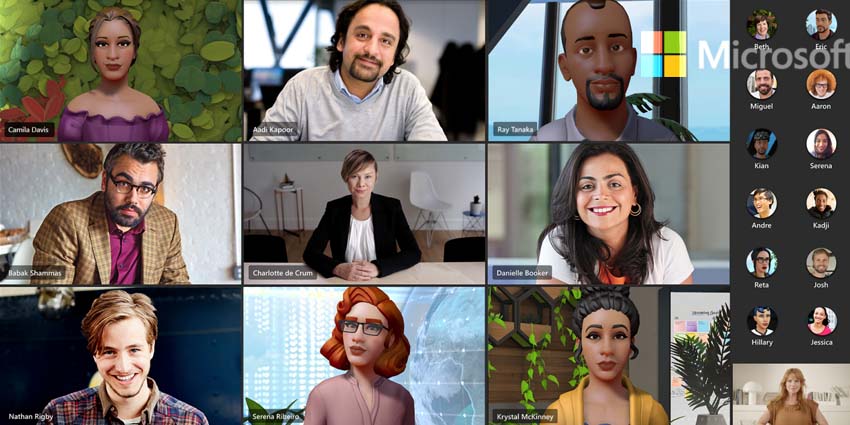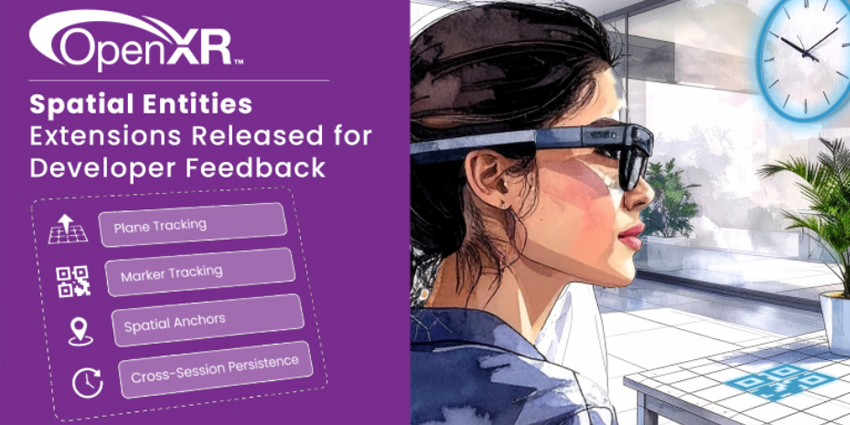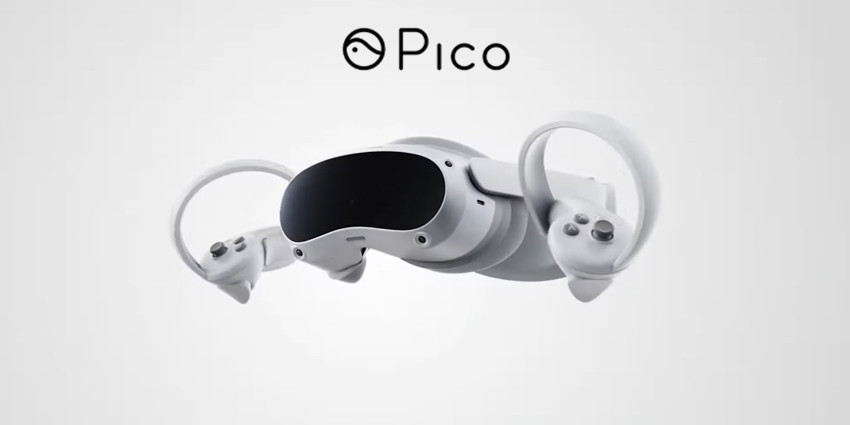Microsoft, Inc has entered the gold rush to build the Metaverse after announcing on Tuesday it would launch its Mesh for Teams mixed reality (MR) platform for remote workers in the first half of 2022.
The US tech giant said at its Ignite event the new solution would allow remote workers to appear as avatars in video meetings and use their digital characters to travel to virtual offices.
Mesh, revealed in March this year, connects groups of people working remotely with holographic virtual experiences along with Microsoft’s suite of collaborative tools to share documents, attend virtual meetings, and chat in shared spaces.
Microsoft added its ambitions would focus on the capabilities of its Mesh platform to process complex virtualisations across smartphones, PCs, and mixed reality (VR/AR/MR) headsets such as the HoloLens.
The company also aims to adopt personal avatars as a step to help workers become comfortable with the new means of digital interactions. Jared Spataro, Microsoft’s Head of Teams, said,
“With 250m people around the world using Teams, the introduction of avatars will be the first real metaverse element to seem real”
Sparato added the company had been motivated to introduce new forms of interaction on the Teams platform due to the immense challenges from hybrid and remote working.
Many companies have incorporated both in-office and remote working protocols for employees in a massive surge in adoption amid the ongoing COVID-19 pandemic, he concluded.
Jeff Teper, Vice President for Microsoft’s 365 Collaborative Tools such as Teams, SharePoint, OneDrive, said Mesh for Teams would include features such as Together and Presenter modes to provide more collaborative and immersive remote working environments.
![]()
In a blog post, Teper said the tools would “signal we’re in the same virtual space, we’re one team, we’re one group, and help take the formality down a peg and the engagement up a peg,” adding,
“We’ve seen that those tools have accomplished both goals of helping a team be more effective and also helping individuals be more engaged”
The news signals the Redmond, Washington-based company’s moves to compete with other major players in the Metaverse such as Meta, formerly known as Facebook, who unveiled a trove of new ambitious solutions to develop Metaverse technologies for communication, work, and play.
Meta’s new office collaboration platforms such as Horizon Workrooms will also provide avatar-based interactions in shared virtual spaces to facilitate document sharing, presentations, and socialising.
Cisco has also joined the Metaverse movement after launching its Webex Hologram XR solution for remote workers at the Webex One event in late October. According to the firm, the new solution was the only platform for AR headsets to blend its meeting platform with real-time 3D holograms.







